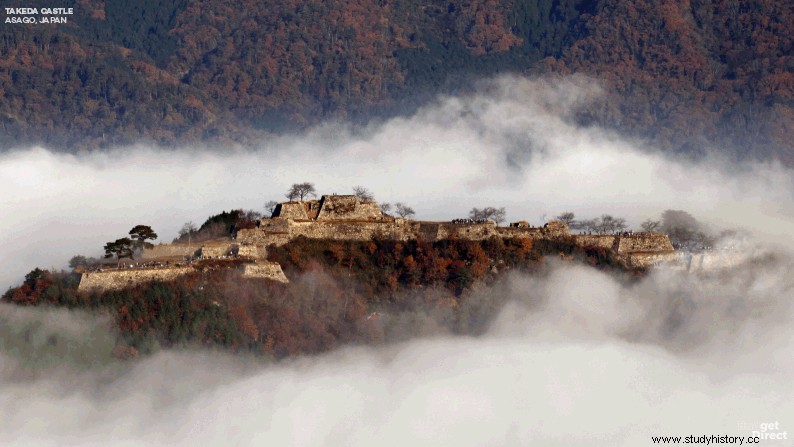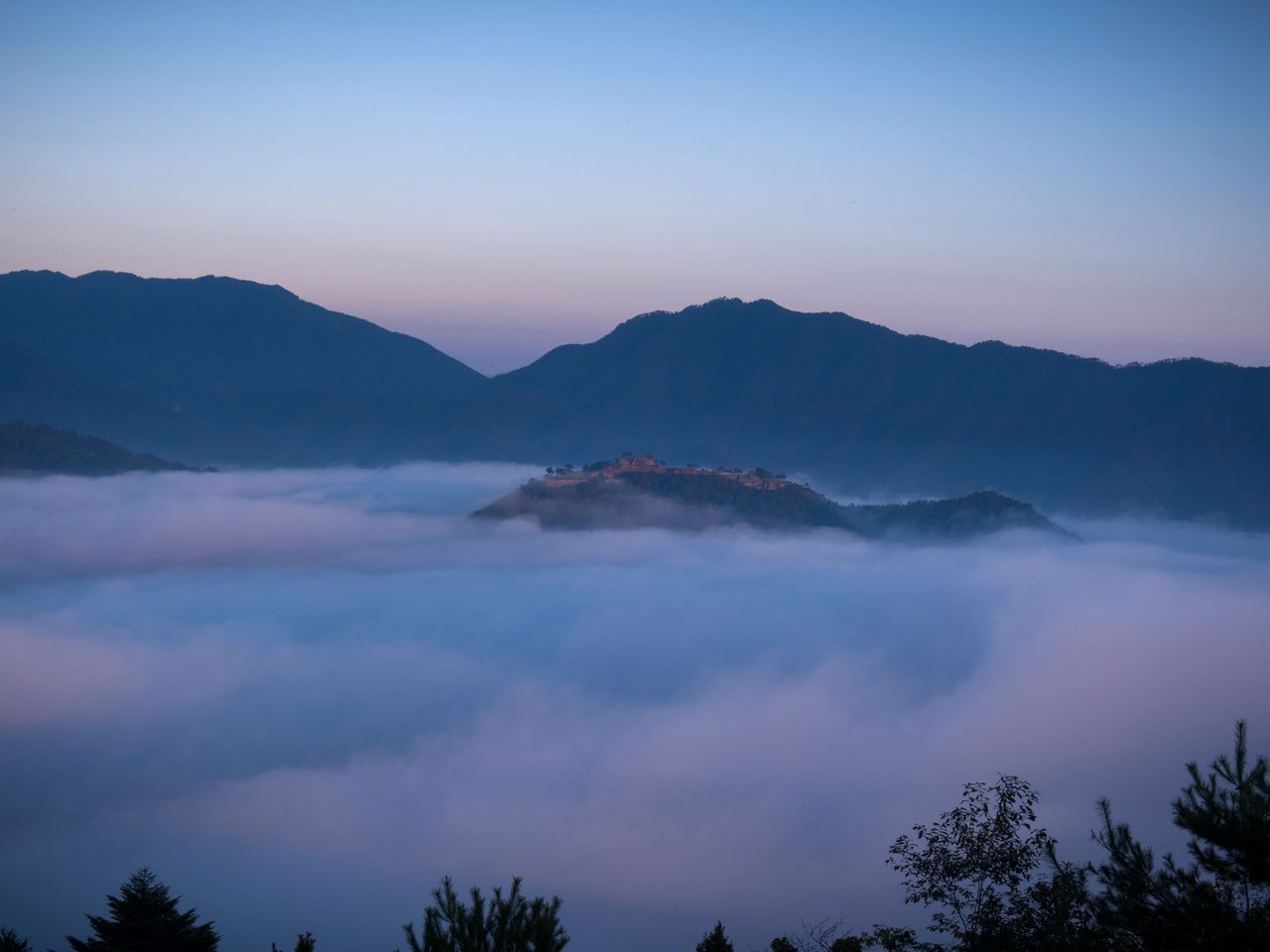As you already know that I like time travel, I suggest you travel to the deserts, rivers, jungles, steppes and plains of Asia, which housed some of the most representative civilizations in all of history, to visit 6 castles in ruins. Okay, okay, I know that to see these castles you don't need to travel back in time, it's enough to carry your backpack, pull Google Maps to locate them and get there -when you can-. But it is that in this trip that I offer you, thanks to the work of designers and architects, who have created a series of architectural renderings and reconstruction animations, we will know exactly what these architectural wonders of the Asian continent were like in their time. Will you join me?

Alamut Castle (Iran)
This fortress, built in the middle of the 9th century, was taken in 1090 by the followers of Hassan-i Sabbāh , the mythical Old Man of the Mountain, who established his base of operations there. His enemies will contemptuously call them hashashin (hashish smokers), a word that has passed into Spanish as asesino , and this because the members of this sect, when they were "fumaos", perpetrated political assassinations, to the point that despite their small number they terrified the rulers of the area for centuries. In the middle of the 13th century the Mughals razed the place.
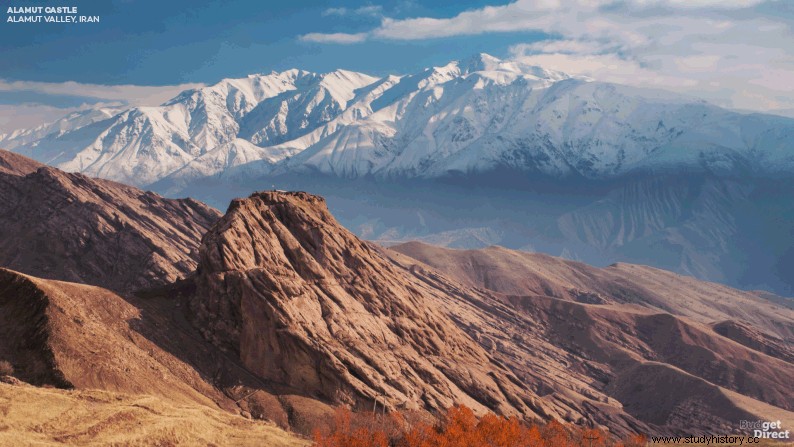
The Old Summer Palace (China)
The Yuanming Yuan , known in the Western world as the Old Summer Palace, was not a single building but a 3.5 square kilometer complex of palaces, lakes, gardens, towers and sculptures. The pride of the Qing dynasty. It was largely destroyed by British and French forces in retaliation for the death of a British envoy during the Second Opium War.
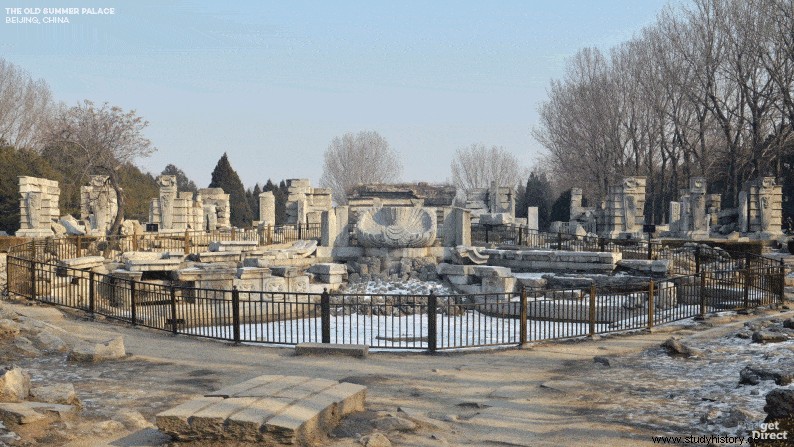
Hagi Castle (Japan)
The defeat of Ishida Mitsunari against Tokygawa Ieyasu at the Battle of Sekigahara (1600), which caused a radical change in the distribution of fiefdoms in Japan, meant for Mori Terumoto, an ally of Mitsunari, the loss of two thirds of his territories . So, he was left with no choice but to move his capital away from his enemies. The chosen site was the small seaside town of Hagi, where he built the castle in 1604. Despite the might of the Tokugawa Shogunate, the castle remained under Mori control until 1874, when it was dismantled during the Meiji Restoration.
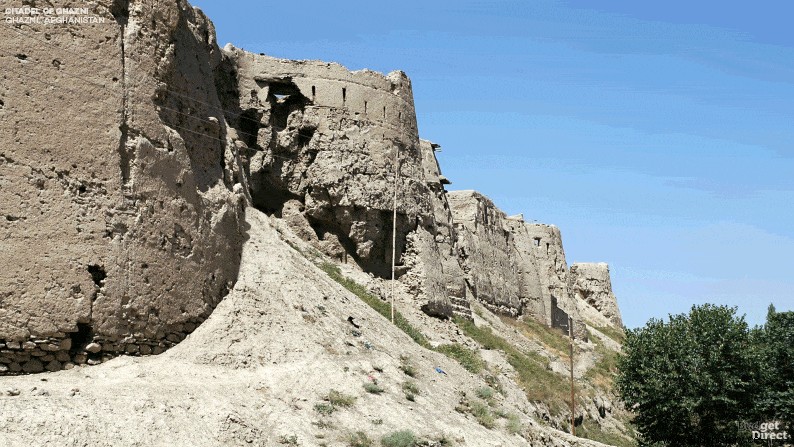
Ghazni Citadel (Afghanistan)
It was built in the 13th century around the city of Ghazni to form a walled city. The citadel, 45 meters high, dominated the entire horizon. The former slave Sebüktigin was granted the governorship of Ghazni in 977, but he quickly rebelled against his overlords to found the Ghazni Empire. Neglect, war and weather have severely damaged the citadel of Ghazni, and 14 of its original 32 towers have collapsed, one as recently as 2019.

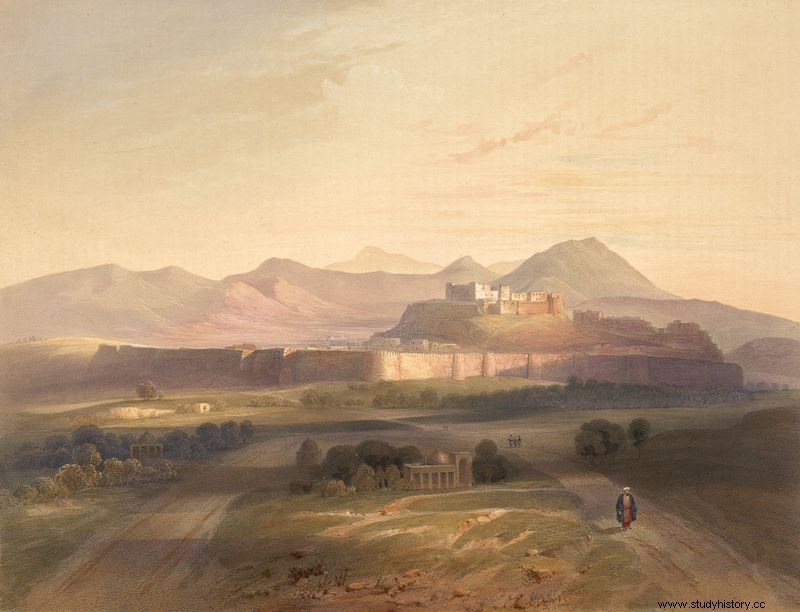
Ghazni – James Rattray (1839-1942)
Raigad Fort (India)
Although parts of the structure date back to the year 1030, Shivaji Maharaj added to Raigad's already impressive fortifications. Shivaji was crowned chhatrapati -an equivalent of emperor or monarch- in 1674 and established Raigad as the capital of the Maratha Empire. In 1818 it would fall into the hands of the British East India Company.
The main entrance of the castle is 820 meters above sea level, and to reach it you have to climb 1737 steps!!! (Today there is a cable car).
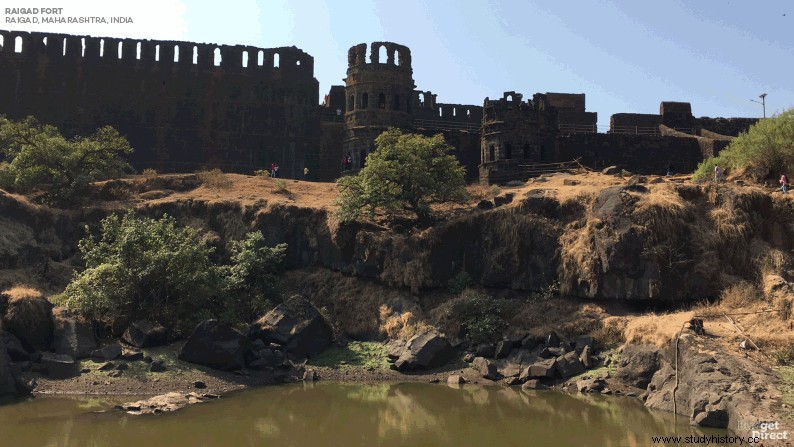
Takeda Castle (Japan)
Takeda was built in the 15th century as a strategic enclave to control the valley. Hideyoshi Toyotomi conquered it at the end of the 16th century, during his struggle to unify and subjugate all of Japan. Akamatsu Hirohide was the last lord of the castle and, although he fought on the winning side of Tokugawa Ieyasu during the Battle of Sekigahara, he committed ritual suicide after being accused of setting a fire. The castle was abandoned shortly after.
Due to the seasonal fog that covers the valley between October and November, some mornings Takeda seems to float above the clouds, which is why it is known as "the castle in the sky."
